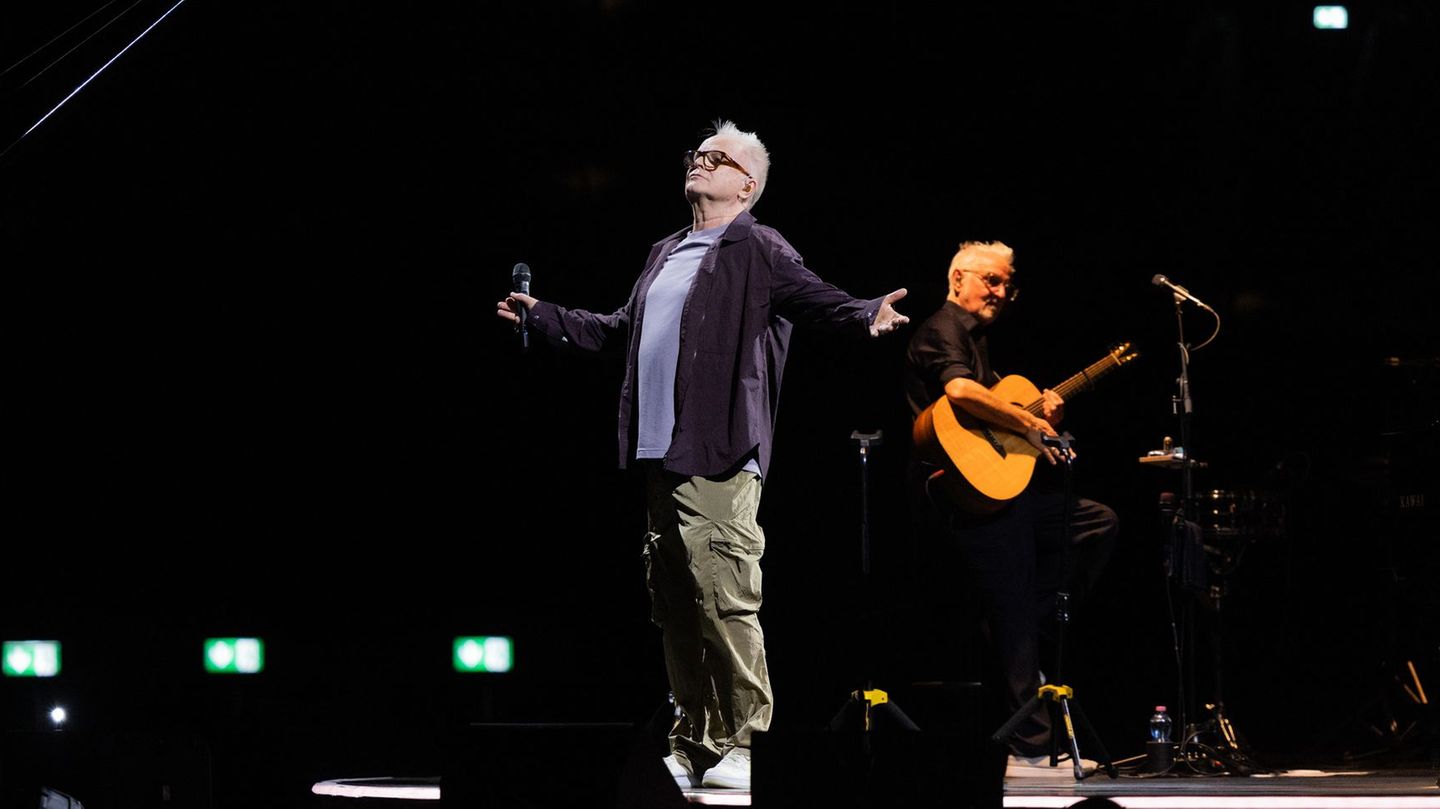image.png
59 years ago, Soviet Premier Nikita Khrushchev announced an agreement with United States President John F. Kennedy to dismantle and withdraw from Cuba several ballistic missiles armed with nuclear warheads that were aimed at the United States, whose coasts are just 140 kilometers away. away.
The episode, which lasted 13 days of extreme tension, is known as the missile crisis or October crisis. But how did it get to that point?
Missiles against the USSR
In 1958 and 1959, and under the government of Dwight D. Eisenhower and in the midst of the Cold War, Washington deployed ballistic missiles with nuclear warheads in Italy and Turkey, NATO member countries that sought to protect their territory from Soviet expansion.
It locks on to the SM-78 Jupiter missiles, with a range of 2,400 kilometers, according to the Center for Strategic and International Studies (CSIS). The nuclear warhead that each projectile carried had a destructive power of 1.44 megatons or the power equivalent to 100 “Little Boy”, the atomic bomb dropped on Hiroshima at the end of World War II.
image.png
At “ground zero” of the Cuban missile crisis, 50 years later
This deployment put major Soviet cities, including Moscow and St. Petersburg, within range of nuclear missiles capable of destroying them.
Eisenhower had already recognized that installing missiles with enough range to hit Moscow could lead the Soviet Union to do the same in Cuba or Mexico in response, as it later happened in the Caribbean island. One part of the agreement between Kennedy and Khrushchev to end the crisis, and which was only known until 1987, included the dismantling of US missiles from Turkey.
The agreement between Castro and Khrushchev
According to the historical archive of the US State Department, Nikita Khrushchev and Fidel Castro reached a secret agreement in July 1962 to install nuclear missiles in Cuba to deter the United States from invading the island.
The letter that could have sparked a nuclear war 2:09
image.png
In April 1961, the failed Bay of Pigs invasion had failed, in which 1,400 Cuban exiles, trained and equipped by the United States, remained waiting for the air support promised by Washington. The CIA and the Department of Defense then designed Operation Mongoose, a six-phase plan to remove Fidel Castro from power. One of its six foundations included military invasion, but the plan was suspended by the missile crisis.
In September 1962, President Kennedy issued a public warning about the deployment of Soviet offensive weapons in Cuba. And on October 14, a U-2 spy plane took pictures of the installation of platforms for medium and intermediate range missiles in Cuba.
The Soviet Arsenal in Cuba
image.png
In the case of the Soviets, it was then learned that they had deployed medium-range R-12/SS-4 Sandal missiles, also launched from the ground and with a maximum range of 2,000 kilometers, according to the Federation of American Scientists.
With a destructive power of close to one megaton—equivalent to one million tons of TNT—the SS-4s could reach cities like Houston, Atlanta, Washington, and New York. The shipment of more capable SS-5 missiles never materialized due to the naval blockade.
With the photographic evidence of the missiles’ existence came Washington’s next move: Kennedy did not follow through on his military advisers’ plan to launch an attack to destroy the missiles and then invade Cuba. Instead, he announced on television a “naval quarantine” of Cuba and called on the Soviet Union to remove the missiles.
Thirteen days of extreme tension
Negotiations between Washington and Moscow advanced for 13 days through letters between Kennedy and Khrushchev. And while he rejected the terms of his US counterpart’s first letter, the Soviet Union withdrew some of its ships and the US let others through after making sure they had no weapons. Even so, US intelligence determined that the missile batteries were close to becoming operational.
On October 27, the Soviets shot down an American U-2 spy plane that was flying over Cuba. Despite the death of the pilot and the destruction of the aircraft, Kennedy decided to follow the diplomatic path and proposed to Khrushchev that he remove the missiles from Cuba under UN supervision.
In exchange, he offered a guarantee that the United States would not invade Cuba, and they secretly negotiated the withdrawal of US missiles from Turkey, which occurred in 1963, thus averting a nuclear war 59 years ago.
Source: Ambito
David William is a talented author who has made a name for himself in the world of writing. He is a professional author who writes on a wide range of topics, from general interest to opinion news. David is currently working as a writer at 24 hours worlds where he brings his unique perspective and in-depth research to his articles, making them both informative and engaging.




